Rome has one of the longest, most prominent, and definitive empires in world history, leaving a mark across continents, including areas no known Roman visited. Renowned for their cultural, political, and military institutions, the ancient Romans occupied a massive amount of land in Europe and northern Africa. They built roads and conduits and spread the Latin language extensively.
The city of Rome is rich in symbolism from ancient to modern times. Some of their most significant symbols came from mythology, such as the wolf and the eagle, both of which signify Rome’s identity and government authority. In addition, Rome used animals, planets, plants, and even colors as symbols. Roman mythology gods also have symbolic meanings. Though it has been thousands of years since the empire flourished, people still see evidence of their influence in art, technology, architecture, language, law, literature, and symbolism. Here are ten of their most significant symbols.
The Eagle (Aquila)
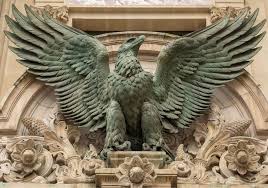
The eagle is a prominent ancient Rome symbol. It is the standard of a Roman legion or the largest Roman army unit. Its wings are outstretched, seemingly representing the vast territory of the empire. Back then, losing an eagle standard was an absolute humiliation; they would go to great lengths to find them.
Known as the king of birds, the eagle represents imperial power, leadership, guile, strength, courage, and immortality. When the Romans conquered Egypt in 300 BC, they appropriated eagle imagery. They must have mistaken the depiction of Horus, the Egyptian patron deity who would take the form of a falcon, for an eagle.
The Romans used the symbolic meaning of Horus’s birth when he flew to the heavens and brought light to a kingdom of darkness, making him the symbol of a perfect ruler. Gaius Marius named the eagle the Roman army’s emblem, wanting Rome to be the ideal ruler in the world.
The She-Wolf (Lupa)

The She-wolf is one of the most recognizable figures associated with ancient Rome. The tale behind it is also known to most people as the legend of Rome. It tells that the she-wolf took care of twins Remus and Romulus when they were abandoned on the Tiber River after the King of Alba Longa’s order. The she-wolf had just lost her own pups and took the twins to her cave. Romulus would later become the first king of Rome.
The Roman she-wolf represents Roman power. The animal is also sacred to Mars, the Roman god, because wolves are believed to be divine heralds. Evidence also asserted that the ancient peoples of Italy were fond of the wolf symbol. A legend claims that the ancient tribe Hirpini was called such because they were led to their location by a wolf named hirpus in their language.
The Fasces
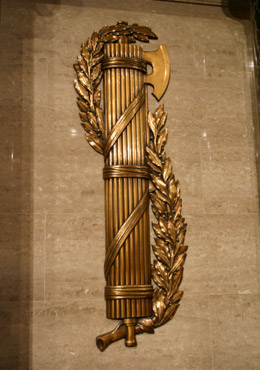
The traditional fasces in Rome was a bunch of white birch rods tied to form a cylinder with a red leather ribbon. It also included a bronze ax on the rods. The Romans would carry fasces in processions, the way people have flags today. The fasces is also seen as a pure symbol of power because when tied together, the birch rods symbolize strength, and the ax represents the magistrate’s power.
The magistrates have the power to administer capital punishment. In the city’s sacred boundaries, the magistrates were prohibited from carrying fasces with protruding blades, signifying that only the people’s law courts could administer justice. The fasces symbol has reached western culture as an emblem of power, justice, and strength. The US used fasces at the Senate seal, Tax Court, and State Courts. It became the root word for fascism because of Benito Mussolini.
The Globe (Globus)
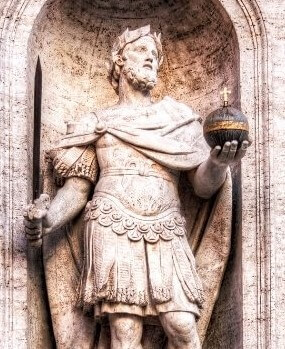
The Roman Empire used the globe in different statues and coins. Sometimes found in the hand of the Emperor or under his foot, it symbolizes antiquity. To the Romans, the globe held by the god Jupiter represented the universe or the world. Under Emperor Adrian’s empire, a coin showed goddess Salus standing over a globe. Adrian spent his reign traveling while architects built the Pantheon and Hadrian’s Villa. Another coin from the time of Emperor Constantine showed the Emperor with a globe in hand.
In the 5th century, Christianity grew, and the orb was surmounted with a cross, depicting the Christian God’s dominance over the world. The Emperor showed that he ruled the world on behalf of God as he held the globus cruciger in his hand.
Laurel Wreath
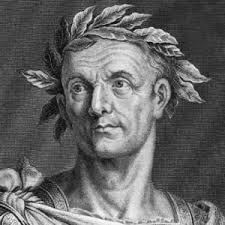
Images of Julius Caesar wearing a laurel wreath on his head are very famous. The use of a laurel wreath has various meanings. The ancient Romans would award it to accomplished people such as soldiers and athletes. It is often placed on the head of rulers to signify their rank, sovereignty, and status. It was also believed that lightning never struck a laurel tree. This is why Roman Emperor Tiberius would wear a laurel wreath on his head as protection. Victoria, the goddess of victory, was depicted as crowning emperors and gods with a laurel wreath.
The laurel tree is an evergreen with leaves giving off a pleasant smell. At present, it is customary for Roman students to receive a laurel wreath during graduation, a practice that has existed for the past 200 years and has been adopted by schools in other countries.
The Asclepius Rod

The Asclepius rod or wand was famous in ancient Greek and Rome. It is a rod with an entwined serpent held by Asclepius, the Greek god of healing and medicine. It made its way to the Italian peninsula from the Balkans through the Etruscan civilization. Today, it is widely used in the medical and pharmaceutical industries.
The meaning behind the snake has different interpretations. Some interpret the rod and snake as separate symbols. The snake’s shedding is interpreted as a symbol of rejuvenation, while others see it to unite and express the dual nature of physicians who deal with life and death, sickness and health.
SPQR Acronym

The acronym SPQR is often seen in books, monuments, and museums. In English, it is an abbreviation of the Roman Senate and People, thus reflecting a significant political and legal phrase. It emphasizes sovereignty, political power, and legitimacy. It also signifies that the people of Rome are the source of all power, reflecting the democratic nature of the republic when they rejected monarchy. However, it is ironic that sovereign “people” in Rome were only the affluent males.
The eagle symbol with the acronym SPQR by the Roman legions depicts honor and power. It reminds them of what they are fighting for and that their loyalty should be to the Senate and the People of Rome. It became widely used in 80 BC when the Roman republic was a call for unity when violence was tearing the republic apart. Even after the fall of the republic, succeeding emperors kept the emblem for continuity until the 4th century AD.
The Draco
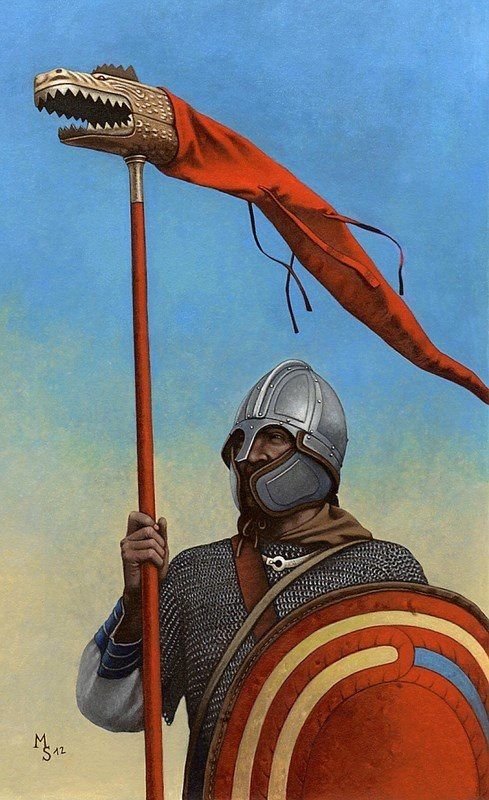
The draco or dragon head is another military standard introduced to the Roman army by Dacian units after the Dacian wars. If the eagle was the standard of the legion, the draco was the standard of the Roman cohort or in modern society, battalion.
The banner was made from a square or rectangular piece of cloth with a woven dragon. It was used as a military banner and was carried on a pole in a battle. Its primary purpose was to lead the troops in every cohort and help them stay organized. The Romans are known to be organized and disciplined compared to the other ancient civilizations.
It signifies honor and a way to distinguish cavalry units. During battles, the horsemen called the draconarii would carry this military standard. It was intentionally made to be colorful when used as an added spectacle during cavalry parades.
The Knot of Hercules

The knot of Hercules also has its roots from the Greek, but it also became a very popular ancient Rome symbol. Also known as Herculean knot, love knot or marriage knot, it was used as a protective charm during Roman weddings. Roman brides would wear it around the dress and was made from strong intertwined ropes to tie around the bride’s waist. The groom would be the only person to untie it after the wedding.
Hercules was considered the guardian of married life and the knot was symbolic to binding, representing commitment and everlasting love. It also somehow signifies a woman’s virginity.
The Cimaruta
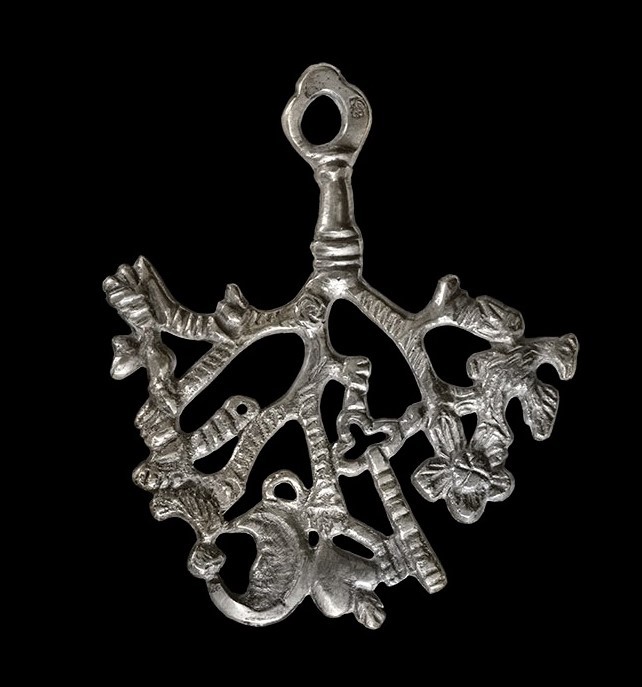
The Cimaruta is a symbol used by Romans to protect babies and children. It is designed like a charm placed over their cribs or worn around their necks. It seems like an obscure design, but its base is a central stalk of rue, thus the name cima di ruta which means “sprig of rue,” a sacred Italian plant.
From the base radiates multiple branches that sprout or blossom into different designs. Commonly, it has three branches to represent the triple aspect of Diana Triformis, the Roman moon goddess who is a maiden, crone and mother.